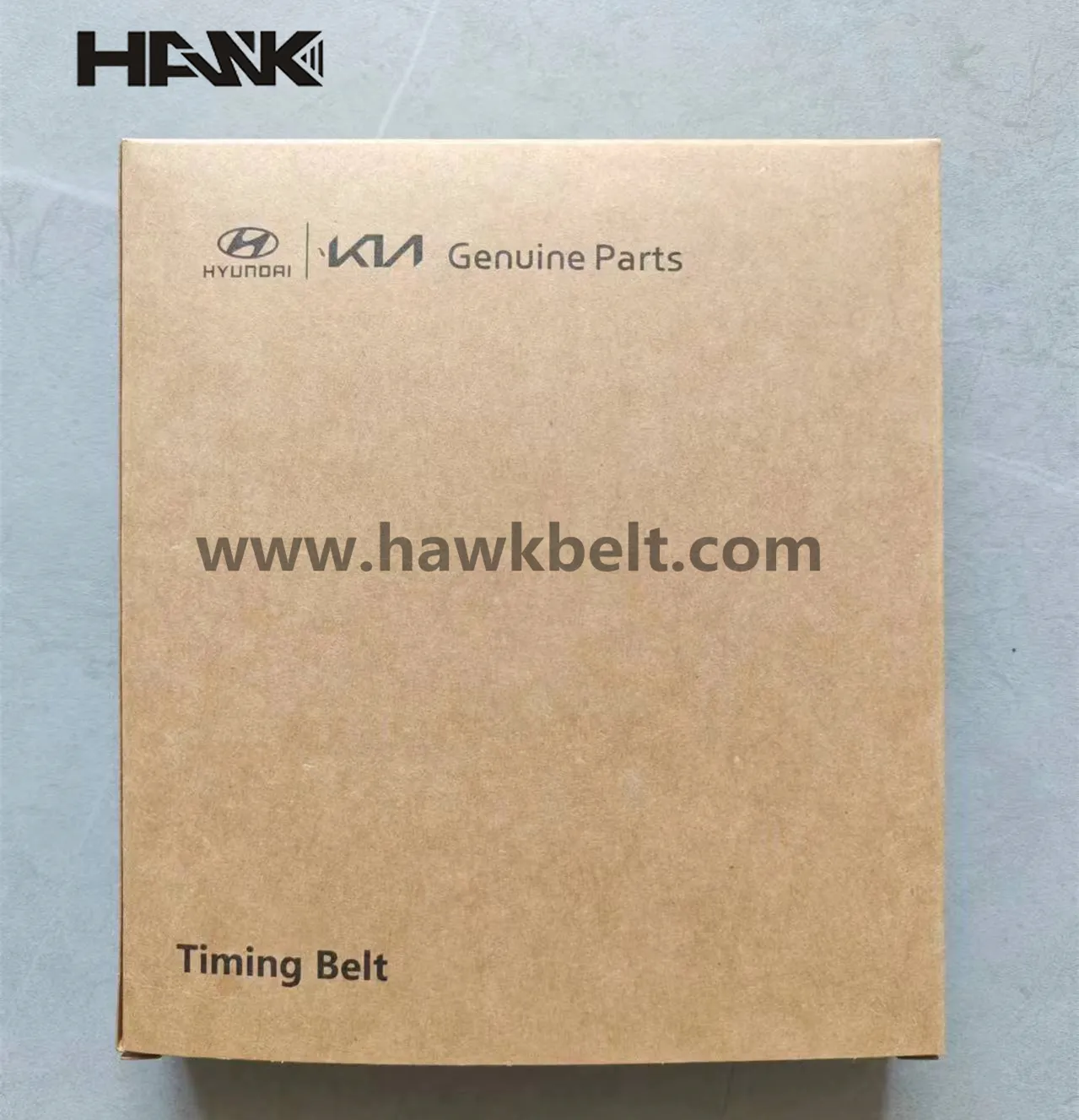- Arabic
- French
- Russian
- Spanish
- Portuguese
- Turkish
- Armenian
- English
- Albanian
- Amharic
- Azerbaijani
- Basque
- Belarusian
- Bengali
- Bosnian
- Bulgarian
- Catalan
- Cebuano
- Corsican
- Croatian
- Czech
- Danish
- Dutch
- Afrikaans
- Esperanto
- Estonian
- Finnish
- Frisian
- Galician
- Georgian
- German
- Greek
- Gujarati
- Haitian Creole
- hausa
- hawaiian
- Hebrew
- Hindi
- Miao
- Hungarian
- Icelandic
- igbo
- Indonesian
- irish
- Italian
- Japanese
- Javanese
- Kannada
- kazakh
- Khmer
- Rwandese
- Korean
- Kurdish
- Kyrgyz
- Lao
- Latin
- Latvian
- Lithuanian
- Luxembourgish
- Macedonian
- Malgashi
- Malay
- Malayalam
- Maltese
- Maori
- Marathi
- Mongolian
- Myanmar
- Nepali
- Norwegian
- Norwegian
- Occitan
- Pashto
- Persian
- Polish
- Punjabi
- Romanian
- Samoan
- Scottish Gaelic
- Serbian
- Sesotho
- Shona
- Sindhi
- Sinhala
- Slovak
- Slovenian
- Somali
- Sundanese
- Swahili
- Swedish
- Tagalog
- Tajik
- Tamil
- Tatar
- Telugu
- Thai
- Turkmen
- Ukrainian
- Urdu
- Uighur
- Uzbek
- Vietnamese
- Welsh
- Bantu
- Yiddish
- Yoruba
- Zulu
Ліст . 07, 2024 17:14 Back to list
Understanding the Fundamentals and Applications of V-Belt Systems in Machinery
The Versatile World of V-Belts An Essential Component in Machinery
V-belts are an integral part of mechanical systems, widely used in various industries for power transmission. Their design and functionality offer significant advantages that make them a preferred choice in many applications. This article explores the features, types, and applications of V-belts, shedding light on their importance in modern machinery.
Understanding V-Belts
V-belts are named for their distinctive V shape, which fits into corresponding grooves on pulleys. This design increases the contact surface area between the belt and the pulley, allowing for efficient power transfer and minimizing the likelihood of slipping. V-belts are typically made from durable materials such as rubber or synthetic compounds, often reinforced with fabrics or cords to enhance their strength and flexibility.
Advantages of V-Belts
One of the primary advantages of V-belts is their ability to transmit power efficiently. The wedging action of the belt in the pulley groove allows for a tighter grip, which means that V-belts can handle high loads while requiring less maintenance. Additionally, V-belts operate quietly and produce minimal vibrations, contributing to the overall longevity of the machinery.
Another key benefit is their flexibility. V-belts can accommodate a range of pulley sizes and configurations, which makes them versatile for different machines. Their ease of installation and replacement further enhances their appeal, making them suitable for both industrial and consumer applications.
Types of V-Belts
There are several types of V-belts, each designed for specific applications
1. Classical V-Belts The most common type, available in various sizes and profiles. They are used for general-purpose applications in industrial machinery.
2. narrow V-Belts These belts are narrower than classical V-belts but maintain the same height. They are designed for higher speed and efficiency, making them suitable for high-performance applications.
v-belt

3. Cogged V-Belts These belts feature notches on the underside, which allow for improved flexibility and bending capacity. They are often used in applications requiring small pulley diameters.
4. Hexagonal V-Belts With the ability to operate on either side, hexagonal V-belts are ideal for applications where space is limited, as they can transmit power in multiple directions.
5. Variable Speed V-Belts Designed for machinery that requires variable speed operation, these belts can adjust their effective length, providing greater flexibility in speed control.
Applications of V-Belts
V-belts find applications across various industries, including automotive, manufacturing, agriculture, and even household appliances. In the automotive sector, they drive components such as alternators, water pumps, and air conditioning compressors. In manufacturing, V-belts are crucial for connecting motors to conveyors, fans, and pumps.
Agricultural machinery also relies heavily on V-belts for the operation of equipment like tractors and harvesters. Additionally, many household devices such as washing machines and vacuum cleaners utilize V-belts for their power transmission needs.
Maintenance and Longevity
While V-belts require minimal maintenance, regular inspections are essential for prolonging their lifespan. Common signs of wear include fraying, cracking, and glazing of the belt surface. Maintaining proper tension is also crucial; a belt that is too loose can slip, while one that is too tight can increase wear on both the belt and the pulleys.
Conclusion
In summary, V-belts are a vital component in various mechanical systems, offering an efficient, flexible, and durable solution for power transmission. Their diverse applications across multiple industries underline their importance in both industrial and consumer machinery. Understanding the types, advantages, and maintenance of V-belts can help ensure optimal performance and longevity in any mechanical application. As technology continues to evolve, the role of V-belts in facilitating power transfer remains indispensable.
-
Korean Auto Parts Timing Belt 24312-37500 For Hyundai/Kia
NewsMar.07,2025
-
7PK2300 90916-T2024 RIBBED BELT POLY V BELT PK BELT
NewsMar.07,2025
-
Chinese Auto Belt Factory 310-2M-22 For BMW/Mercedes-Benz
NewsMar.07,2025
-
Chinese Auto Belt Factory 310-2M-22 For BMW/Mercedes-Benz
NewsMar.07,2025
-
90916-02660 PK Belt 6PK1680 For Toyota
NewsMar.07,2025
-
drive belt serpentine belt
NewsMar.07,2025

